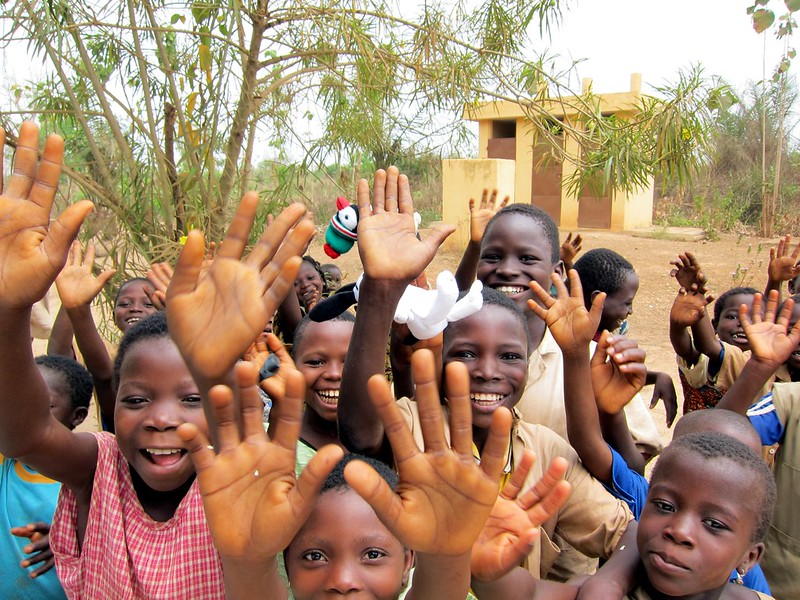Child Poverty in Benin
 Located in West Africa, the Republic of Benin is one of the most economically challenged nations worldwide. With up to 45% of its population consisting of children under the age of 15, child poverty in Benin is a major concern.
Located in West Africa, the Republic of Benin is one of the most economically challenged nations worldwide. With up to 45% of its population consisting of children under the age of 15, child poverty in Benin is a major concern.
Economic Factors
According to the World Food Program USA, Benin’s economy is primarily agrarian. Up to 70% of the population relies on agriculture as a core source of income. Vulnerable to weather fluctuations and changing weather patterns, the sector of rain-fed agriculture has been challenged by the success of consistent food crop production. In addition, the country is often exposed to droughts and floods that threaten the economic conditions of Benin’s population. This frequently leaves families in uncertain economic situations. As poverty rates among families increase, child poverty in Benin worsens due to insufficient resources to fulfill their essential needs.
Threatened Food Security
In addition to contributing to a lack of financial stability, the unstable nature of agribusiness in the nation has also led to an increase in food prices. As reported by the United States Agency for International Development (USAID), children in Benin are severely affected by malnutrition. Up to 50% of children up to 5 years of age have developmental issues as a result of nutritional deficiency. The World Food Program USA shows that up to 32% of Beninese children suffer from recurrent malnutrition.
Health Concerns
While improper nutrition has emerged as a significant health concern for children in Benin, the absence of proper health care has also affected the nation’s children. According to the Centers for Disease Control and Prevention (CDC), malaria is the leading cause of death for children under 5 years old in Benin. USAID states that the COVID-19 pandemic posed a risk to ongoing efforts made to reduce the transmission of the disease. The U.S. President’s Malaria Initiative, created in 2005, has been working toward the reduction and treatment of the disease in African countries, including Benin.
Despite the pandemic’s impact on developmental progress, the initiative’s 2024 strategy outlines the introduction of the malaria vaccine in Benin within the initial quarter of the year.
Child Labor
A direct repercussion of child poverty in Benin is the educational deficit due to child labor. As Beninese families go through financial hardships, children quit their education and engage in varying work practices. Some of these include domestic work, working on cotton plantations and forced begging. Children exposed to child labor practices become vulnerable to abuse and exploitation. Work conditions can be hazardous, and children are at risk of becoming victims of human trafficking. Data published by UNICEF shows up to 25% of children in Benin are victims of child labor.
Aid Initiatives
Tackling child poverty in Benin requires a wide range approach, integrating economic development, health care, food security and education. Recent years have shown multiple attempts to improve Beninese children’s livelihoods. A report published by the U.S. Department of Labor states that social services inspections freed up to 400 children from child labor in 2021.
In 2022, the government maintained the Integrated National School Feeding Program, providing meals to up to 75% of Benin’s schools. That same year, UNICEF expanded its presence in the north of the nation. UNICEF also collaborated with the religious congregation known as the Salesians of Don Bosco to build a temporary residence for children living on the streets. The congregation runs the charity Foyer Don Bosco, with the mission to fulfill all basic human needs of children living in poverty in Benin. It heavily focuses on helping victims of child labor and human trafficking, striving to ensure that children receive quality education so they can have a better future.
Efforts by organizations like UNICEF and the Salesians of Don Bosco reflect a collective commitment to combat child poverty in Benin and serve as a source of optimism in the ongoing fight against it.
– Paula Gibson
Photo: Flickr
